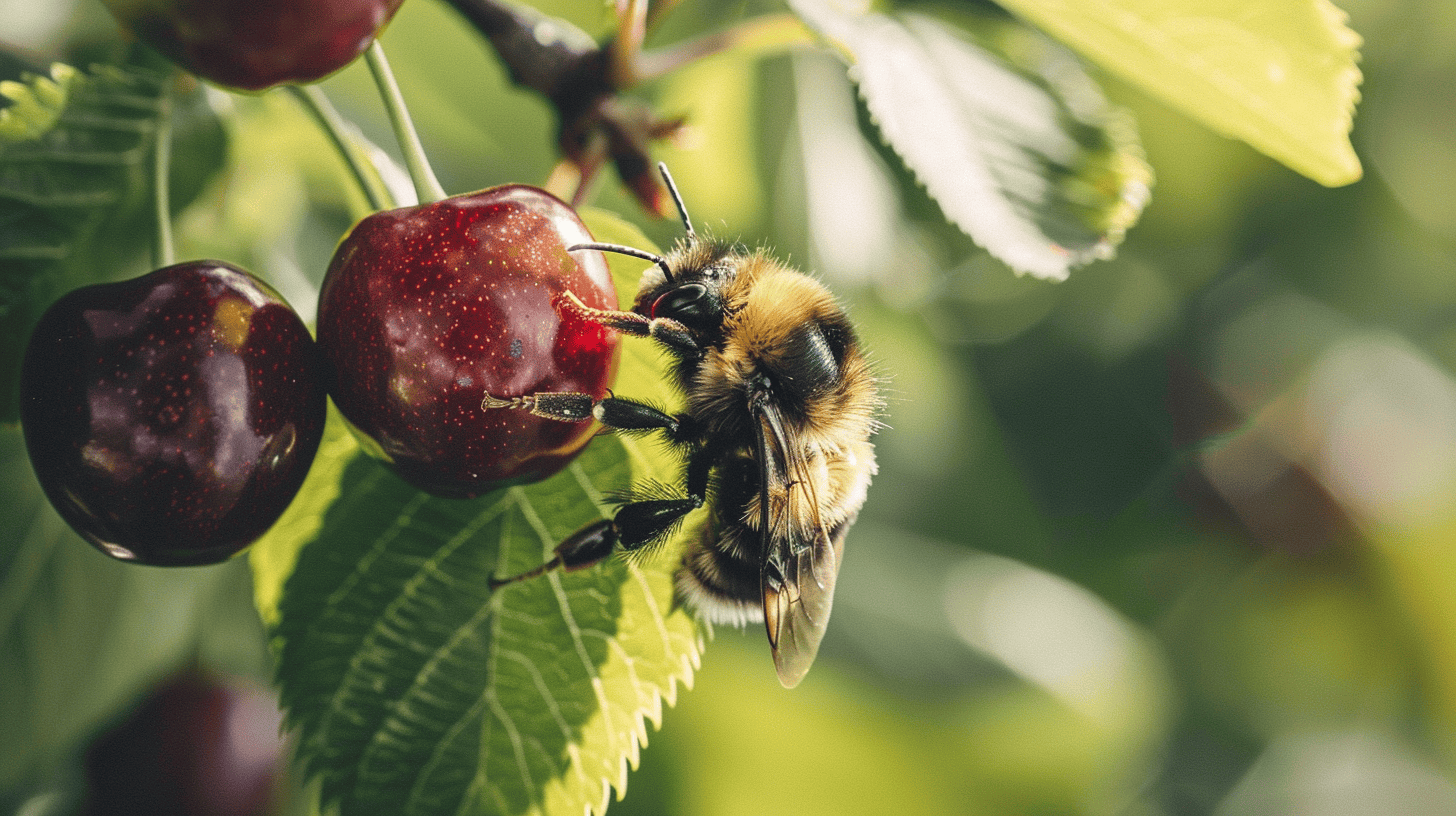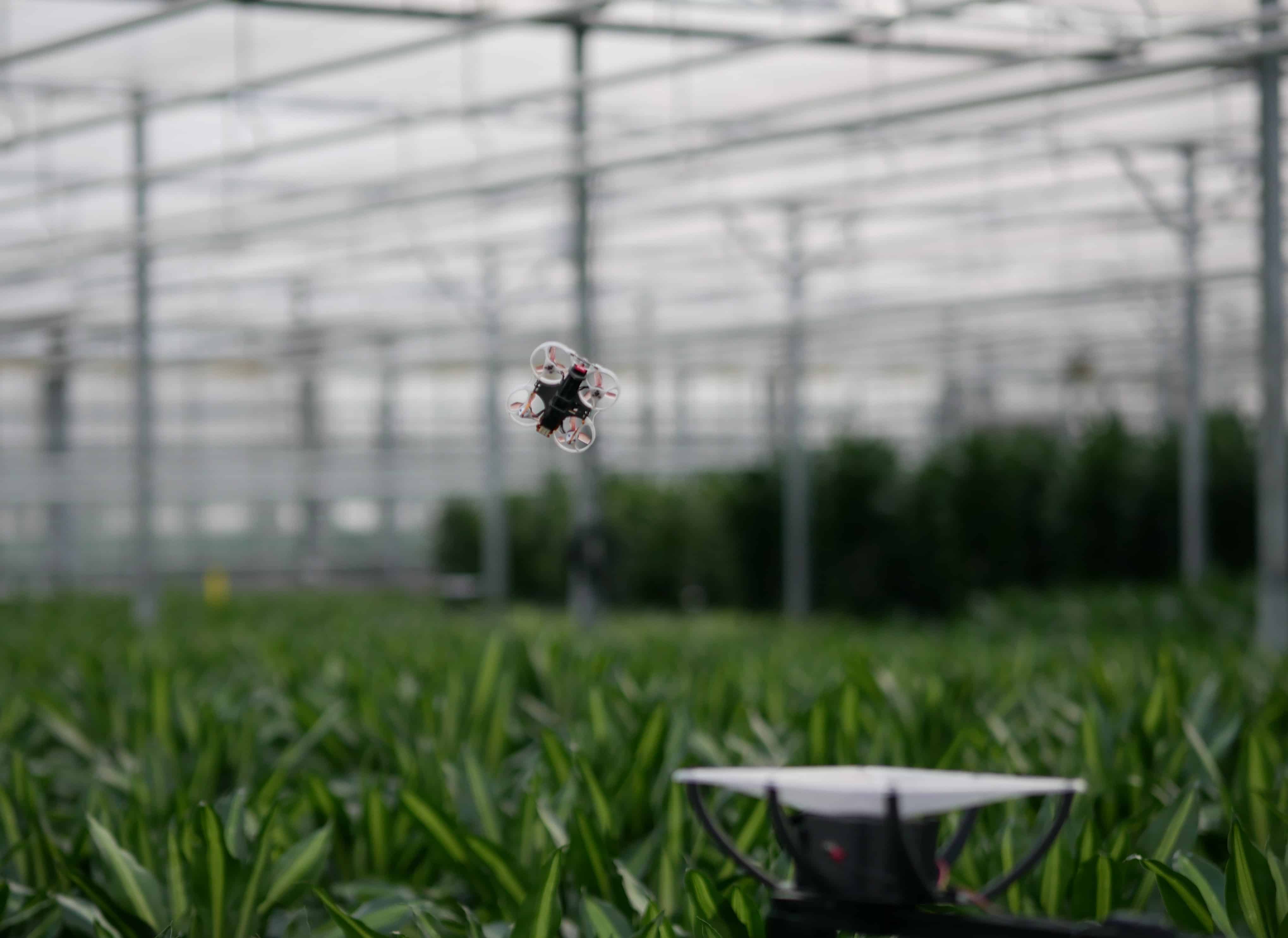
Dutch cherry growers have been granted an additional year’s access to the pesticides Tracer and Exirel to combat the Suzuki fruit fly, a pest affecting soft fruits like cherries. However, these chemicals pose risks to aquatic life and bee populations, which are already under strain. While the fruit sector is pleased with another year of ‘temporary’ use, there are concerns about the application and consequences of these chemicals. The Dutch Food and Consumer Product Safety Authority (NVWA) has already indicated in recent research that compliance with the safe application of these chemicals is insufficient.
Why this is important
The use of pesticides poses a significant risk to the lives of pollinators. These chemicals not only threaten the environment, but also jeopardize crucial pollinators like bees, which are essential for our food security.
A double-edged battle in cherry cultivation
The recent decision to give Dutch cherry growers an extra year of access to the pesticides Tracer and Exirel has brought relief to the sector. These agents are effective in combating the Suzuki fruit fly, an exotic pest that has been a serious threat to fruit cultivation in the Netherlands for over a decade. The active ingredient in Tracer, spinosad, is a product of the soil bacterium Saccharopolyspora spinosa and is used, among other things, on fruit trees. Although this chemical is relatively harmless to humans, it is highly toxic to bees, a crucial factor in the pollination of many crops. Exirel, which contains cyantraniliprole, is also effective but, like spinosad, poses environmental risks, particularly to aquatic life and bee populations.
Compliance with safety regulations falls short
The Dutch Food and Consumer Product Safety Authority (NVWA) has advised the Ministry of Agriculture, Nature and Food Quality against the exemption of these pesticides due to insufficient compliance with their safe application by growers. Despite recognition of the problem posed by the Suzuki fruit fly, NVWA inspections from 2018 to 2023 showed that compliance with safety regulations was inadequate, with compliance scores ranging from 58 to 74%. Violations mainly concerned regulations that were supposed to prevent drift of the chemicals to surrounding areas, critical for protecting non-target organisms.

The vulnerable state of dutch bee populations
The bee population in the Netherlands has been under pressure for years, with more than half of all bee species on the red list. Bees are crucial for the pollination of about 70% of crops. The use of spinosad, the active ingredient in Tracer, poses a direct threat to these important pollinators. The situation is further complicated by the likelihood that there are already too few insects in the Netherlands to pollinate plants, leading to risks for biodiversity and food security.
Water quality and environmental hazards
The Netherlands is not only facing a declining bee population but also issues with the quality of surface water. Pesticides such as Tracer and Exirel can end up in surface water if applied improperly, causing harm to aquatic life. According to Tracer’s safety data sheet, the chemical is classified as highly toxic to the aquatic environment in the short and long term. This raises concerns about water quality in the Netherlands, a country where water management is of great importance.
Alternative pest control methods and sustainable solutions
While the use of Tracer and Exirel is still permitted for now, it is important to consider more sustainable pest control methods. Wageningen University & Research (WUR) has investigated various alternatives, such as using nets over orchards and a ‘lure and kill’ strategy. These methods can reduce reliance on chemical pesticides and help protect non-target organisms like bees and aquatic animals.

Finding a balance between agriculture and ecology
Preserving Dutch cherry cultivation is economically important, but it should not come at the expense of the country’s ecological value. The urgency of the situation requires careful consideration of the economic benefits against environmental risks. It is crucial that growers strictly adhere to application regulations for pesticides and that investment is made in developing and implementing sustainable pest control methods that safeguard environmental health.

